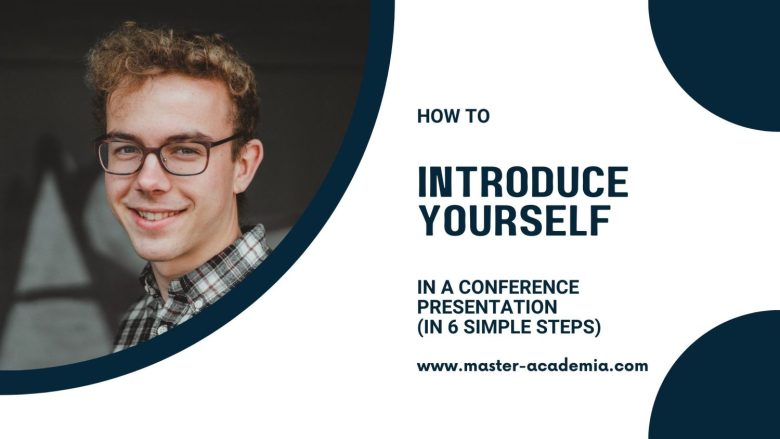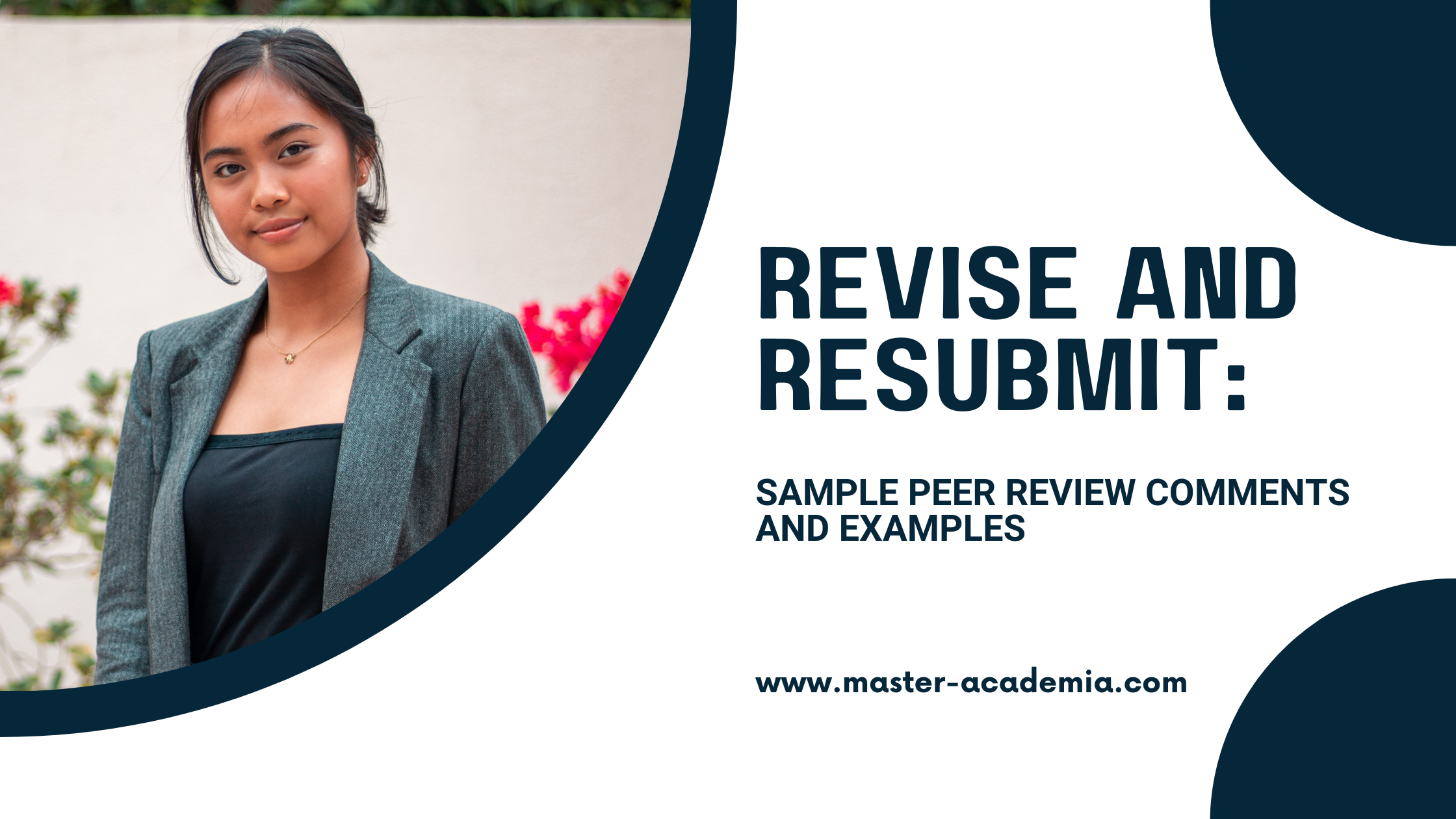
Academic conferences are great occasions for networking. Particularly the start of a conference presentation offers a unique opportunity to introduce yourself to the audience, concisely and effectively.
Contents
- Why effective introductions during academic conference presentations matter
- Step 1: State your full name, position and your university affiliation
- Step 2: Explain your research area and focus in 2-3 sentences
- Step 3: Tell people where they can find out more about you online
- Step 4: Provide your professional social media handles
- Step 5: Provide your email address and invite people to reach out
- Step 6: Emphasize that you are happy to connect and chat after your presentation
Why effective introductions during academic conference presentations matter
Presentations at academic conferences are an important part of every academic journey. Conferences provide a platform for you to present your research, receive feedback and establish professional connections.
Thus, while the content of your presentation is certainly important, the networking aspect of academic conferences should not be underestimated.
One key strategy of networking at academic conferences is to prepare a concise and effective introduction of yourself.
A good introduction includes information on who you are, what your research is about, and how people can learn more about you. And of course how they can connect with you.
An effective introduction at the start of your conference presentation will help people remember you. Even more importantly, they should feel invited to get in touch with you. In-person, via email, or on social media. This is how networks are formed, which can have a lasting effect on your career.
Step 1: State your full name, position and your university affiliation
Imagine you are presenting at a conference. It is your turn, and you stand in front of the audience.
Don’t jump straight into the topic of your presentation! Instead, start with the basics. State your name, your position and the university affiliation you have.
Make sure to say your name out loud, even if it is written on your presentation slides. People may not know how to pronounce your name, and it will make it easier for them to address you later.
Example
| “My name is Stacey Holmes, and I am a third-year PhD student at the University of Cambridge.” |
Step 2: Explain your research area and focus in 2-3 sentences
Next comes the most difficult part: explain your research area and focus. The key is to zoom out a bit from the specific topic of your presentation, to showcase your wider research area and focus.
Explaining your research area in a few sentences is challenging. However, it is essential to keep it short. Think of 2-3 sentences. You do not want to take away precious time from your actual presentation.
Therefore, these 2-3 sentences should be prepared well. You do not want to start rambling.
Example
| “I work in the field of tropical diseases and my research focuses on yellow fever prevention in West Africa. In my PhD, I examine the effects of collaborative efforts between non-governmental organisations and local governments to improve yellow fever education in the region.” |
Step 3: Tell people where they can find out more about you online
Today’s academics are required to have an online presence. This is also true for PhD students.
Your online presence can consist, for instance, of your academic website, or your online university profile. Maybe you also work on a research project that has its own website with information. Whatever you decide to share with your conference audience, make sure that everything is up to date!
Furthermore, it can be useful for your audience to know your ORCID ID to easily access a full list of your publications.
Example
| “You can find more information on my current research project on my university profile. My publications can be found via my ORCID ID. Both links are included here on the slides.” |
Step 4: Provide your professional social media handles
Not every academic uses social media, and not everyone uses them professionally.
However, if you do, make sure to also point people to – for instance – your Twitter or LinkedIn account.
Example
| “I also regularly post updates and impressions of my research on Twitter.” |
Step 5: Provide your email address and invite people to reach out
Social media aside, emails remain a key way of communicating in academia. Therefore, make sure to also provide your email address.
Put the actual address on your presentation slides and emphasise that you are happy to connect and receive questions or comments.
Example
| “You can also reach me via email. I am always happy to connect, share information and discuss.” |
Step 6: Emphasize that you are happy to connect and chat after your presentation
Finally, point out that you are happy to connect and chat with people after your presentation. Then, transition to your presentation.
You can of course also decide to include this point at the end of your presentation.
Just don’t assume that people will automatically approach you. Some will, but others won’t. Maybe they are too shy, too hesitant or don’t want to disturb you. Therefore, it is always safer to invite them to approach you.
Example
| “And of course, please don’t hesitate to approach and chat with me after this session. Today, I am presenting my fieldwork results…” |



